Best YA & YYA Lit 1967
By:
January 10, 2017
SEE: 100 BEST YA & YYA ADVENTURES OF THE SIXTIES (1964–1973)
For the past couple of years, I’ve been making the case, here at HILOBROW and in the UNBORED books I’ve co-authored, that the Sixties (1964–1973, according to my non-calendrical schema) were a golden age for YA and YYA adventures.
In no particular order, here’s my list of the Best YA & YYA Lit of 1967. Happy 50th anniversary!
- Lloyd Alexander’s Chronicles of Prydain adventure Taran Wanderer. Some fans of Alexander’s Chronicles of Prydain enjoy this installment the least: Taran’s quest — to discover whether he is of noble or common blood — has little urgency; there aren’t any battles with the forces of Arawn Death-Lord; and Eilonwy, the hot-tempered witch-princess who shared in all of Taran’s previous adventures, scarcely makes an appearance. Still, Taran meets interesting people, learns new skills and crafts, and gets into some tough scrapes; for comic relief, he’s accompanied by the shaggy hominid Gurgi, the would-be bard Fflewddur Fflam, and the cranky dwarf Doli. This is a Bildungsroman, and Alexander makes Taran’s education — he studies with a blacksmith, a weaver, a shepherd, a potter, and a truly inspiring and marvelous tinkerer named Llonio, each of whom teaches him something about his own character — fascinating to readers. Oh, and Taran battles a wizard! Fun fact: Alexander originally intended to write four books in the Chronicles of Prydain series; but after publishing The Castle of Llyr, his editor persuaded him to write a book before The High King — one which would persuade readers that Taran had developed into someone deeper and wiser than a courageous Assistant Pig-Keeper.
- S.E. Hinton’s The Outsiders. In Tulsa, Oklahoma, at some point in the mid-1960s, two rival teen gangs, the working-class Greasers and the middle-class Socs (“Socials”), clash by night — again and again. It’s all fun and games, sorta, until the Socs attempt to drown Ponyboy, the story’s innocent Greaser narrator, in a park fountain; Ponyboy’s friend Johnny kills one of the Socs — and the two go on the lam. Before this happens, however, we get to know the Greasers — Ponyboy’s brothers Darry and Sodapop, who are raising Ponyboy; Two-Bit Matthews; the vicious Dallas “Dally” Winston — as well as the beautiful Cherry Valance, ex-girlfriend of the Soc who is killed. (Ponyboy’s harmless friendship with Cherry is what almost gets him drowned.) Still to come: a fire, a death, a rumble to end all rumbles, and a suicide-by-cop. Awesome. Fun fact: Hinton wrote The Outsiders when she was in 10th and 11th grade; she was 18 when the book was published. Adapted in 1983, by Francis Ford Coppola, as a popular movie starring C. Thomas Howell, Rob Lowe, Emilio Estevez, Matt Dillon, Tom Cruise, Patrick Swayze, Ralph Macchio, and Diane Lane.
- Hugo Pratt‘s Corto Maltese graphic novel Una ballata del mare salato (Ballad of The Salt Sea). In 1914, just prior to the outbreak of World War I, a sinister rogue named Rasputin is up to no good, circumnavigating the islands north of Australia in a catamaran crewed by Melanesian natives, when he picks up a sailor who’s been marooned by his own crew: Corto Maltese. (This is an anti-heroic entrance worthy of John Wayne’s in Stagecoach.) In subsequent adventures, we’ll learn that Maltese, the son of a British sailor and an Andalusian–Romani witch and prostitute, was born in Malta, participated in the Russo-Japanese War, and sympathizes with underdogs… but in this, the first Corto Maltese adventure, he is a pirate. Ballad of The Salt Sea is a tangled yarn — pirates, a German lieutenant, cannibals, wealthy Australian heirs held for ransom, a young Maori navigator, and an evil criminal genius in a hooded cloak all play important roles. Everyone betrays everyone else; Corto Maltese himself, though likable, can’t be trusted. Fun fact: Pratt’s artwork is gorgeous — the missing link between Milt Caniff and Frank Miller — and exegetes claim that he did extensive research, on everything from native tattooings to warships. Along with the first Tintin and Asterix books, Ballad of The Salt Sea was voted by the French public as one of Le Monde’s “100 Books of the Century”.
- Edgar P. Jacobs’s Blake & Mortimer adventure The Necklace Affair. Philip Mortimer, a leading British scientist, and his friend Captain Francis Blake of Britain’s MI5, are in Paris when they learn that their enemy, Colonel Olrik (from the previous six Blake & Mortimer adventures), has escaped from prison. Invited to a reception at which Marie-Antoinette’s legendary necklace will be revealed for the first time in over a century, they are unable to prevent Olrik from stealing the necklace. Olrik and his men then attempt to kidnap Paris’s top jeweler… who, it turns out, might have been in cahoots with Olrik. There is a chase through the Catacombs, and a bewildering series of double-crosses. Fun fact: this is the only Blake & Mortimer adventure that doesn’t include any science-fiction element. The strip was originally published in Tintin magazine in 1965 before coming out in book form in 1967.
- E.L. Konigsburg’s From the Mixed-Up Files of Mrs. Basil E. Frankweiler. Twelve-year-old Claudia Kincaid, and her younger brother Jamie, run away from home — and move into New York’s Metropolitan Museum of Art. They hide in the bathroom at closing time, each evening; during the day they blend in with school groups on tour; and at night, they bathe in the museum’s fountain — and gather coins from it. When the Met acquires a marble statue that may or may not have been sculpted by Michelangelo, the children investigate its provenance… which leads them to Mrs. Basil E. Frankweiler’s home in Connecticut, and to her titular files. Fun fact: Mixed-Up Files won the Newbery Medal for excellence in American children’s literature in 1968; and Konigsburg’s Jennifer, Hecate, Macbeth, William McKinley, and Me, Elizabeth was a runner-up in the same year.
- Geoffrey Household’s historical adventure The Prisoner of the Indies. In 1567, 13-year-old Miles Philips sets sail from Plymouth (England), in the service of John Hawkins, renowned privateer, adventurer, transporter of African slaves, and general of the fleet of six vessels. However, when they reach Nueva España — a colonial territory of the Spanish Empire, in the New World, later known as Mexico — Hawkins’s ship is ambushed. Miles finds himself stranded… and at the mercy of Aztecs and Spain’s Holy Inquisition alike. Over the next 15 years, he sees men roasted and eaten, faces the rack, and endures innumerable hardships in this fast-paced adventure by the author of three of my favorite thrillers: Rogue Male (1939), A Rough Shoot (1951), and Watcher in the Shadows (1960). Fun fact: Miles Philips was a real person; his story was first recorded in a 1589 account of English trading voyages and adventures.
- Alan Garner’s YA fantasy adventure The Owl Service. Set in modern Wales, The Owl Service — the title refers not to some kind of elite strigine task force, but to a set of dinner plates with an owl pattern — is a contemporary “expression” of the Fourth Branch of the Mabinogion, the earliest prose literature of Britain. Blodeuwedd, in Welsh mythology, is a woman created from flowers, by the magicians Math and Gwydion — for Lleu, a man cursed to take no human wife. Blodeuwedd betrays Lleu in favour of another man, Gronw, who kills Lleu; as punishment, Blodeuwedd is turned into an owl. In Garner’s story, a 15-year-old girl and her new stepbrother are vacationing in rural Wales, where they befriend a local teenage boy. They discover an owl-patterned dinner service… which apparently is cursed, because the next thing you know, the three possessed teens are helplessly, inexorably re-enacting the Blodeuwedd story. Fun fact: Winner of both the Carnegie Medal and Guardian Award for children’s literature. The Owl Service was adapted as a well-regarded BBC miniseries in 1969–1970. Garner’s other YA fantasy novels — The Weirdstone of Brisingamen (1960), The Moon of Gomrath (1963), Elidor (1965) — are excellent; so is Red Shift (1973).
- John D. Fitzgerald’s The Great Brain. In a series of stories based loosely on the author’s own childhood growing up in Utah in the Teens and Twenties, young J.D. Fitzgerald recounts the escapades of his older brother, T.D., a 10-year-old conman who refers to himself as “The Great Brain.” Theirs is an unstructured childhood — which makes it all the easier for T.D. to swindle his peers out of their valuables. There are some adventures — children get lost in a cave, for example — but mostly the book is about problems that arise among the town’s children: an immigrant kid is ostracized; a kid who loses a leg is suicidal; the Mormon and non-Mormon kids feud. How will the conniving T.D. solve each problem — while making a few bucks in the process? Fun fact: Illustrated by Mercer Meyer. Subsequent installments in the Great Brain series include: More Adventures of the Great Brain (1969), Me and My Little Brain (1971), The Great Brain At The Academy (1972), and The Great Brain Reforms (1973).
- “The Death of Ferro Lad,” written by Jim Shooter, with art by Curt Swan and George Klein (Adventure Comics #352–353). In the 30th century, a massive cloud-like object called the “Sun-Eater” is approaching Earth! Caught short-handed, five members of the Legion of Super-Heroes — Superboy, Cosmic Boy, Princess Projectra, Sun Boy, and recent recruit Ferro Lad — round up five super-villains to help them save the solar system. While the villains conspire among themselves to rule the galaxy, the assembled super-group tries and fails to defeat the Sun-Eater. So super-villain Tharok constructs an Absorbatron bomb, which can destroy the Sun-Eater if it is detonated at the cloud’s core. Though Superboy has the best chance of surviving, he’s been weakened; so Ferro Lad nobly sacrifices himself. Fun fact: This story arc is notable not only for introducing the Fatal Five — one of the best super-villain teams ever — but for featuring the first permanent death of a member of the Legion of Super-Heroes.
- John Christopher’s The White Mountains. In the not-too-distant future, 13-year-old Will decides to leave his home town (somewhere in England) rather than go through with the Capping ceremony — a coming-of-age process whereby adolescents’ heads are fitted with a docility-ensuring metallic mesh, by three-legged metal creatures known as Tripods. (This is, essentially, H.G. Wells fanfic.) His cousin Henry, with whom he doesn’t get along, joins him… and on their way across Europe to the titular White Mountains, they meet a French boy, Jean-Paul, a sharp-witted student of the abandoned technologies they discover on their trip. Slowly, we discover that the Tripods are alien invaders who’ve decimated and enslaved humankind, compelling them to return to a pre-industrial way of life. Adults are of no use, when it comes to resisting the Tripods, because they’ve all been capped… except for a few rebels in the Alps. Fun fact: The White Mountains was followed by The City of Gold and Lead (1967) and The Pool of Fire (1968). The 1988 prequel, When the Tripods Came, predicts the British children’s TV programs Teletubbies (1997–2001) and Boohbah (2003–2006).
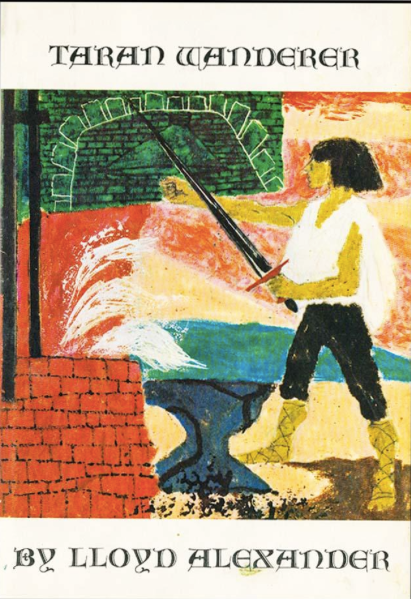
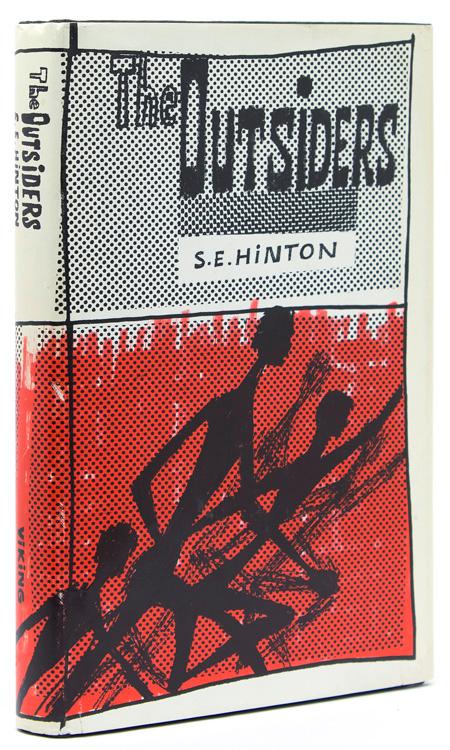
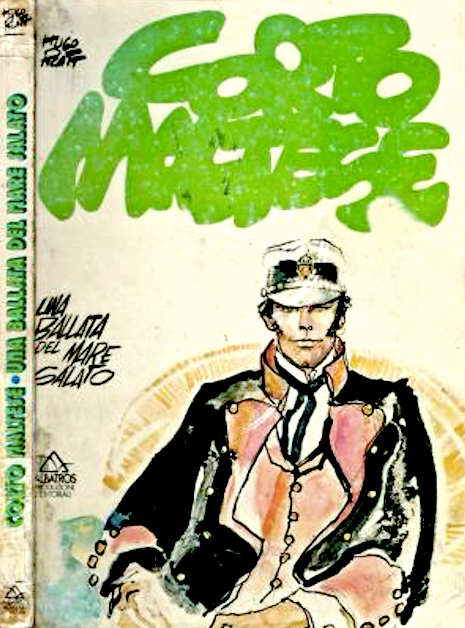

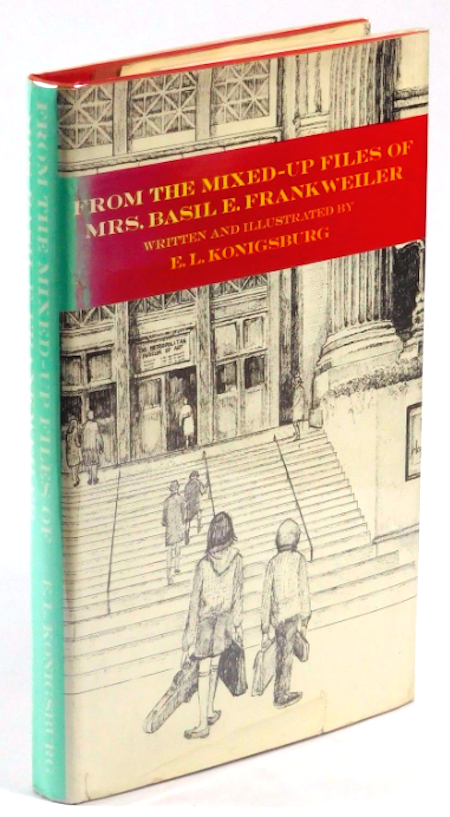
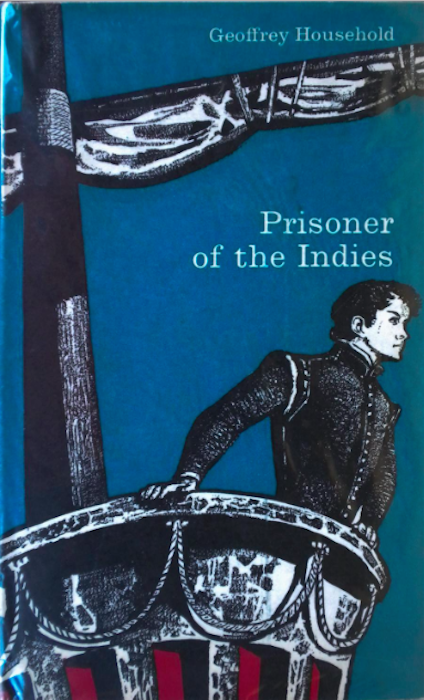
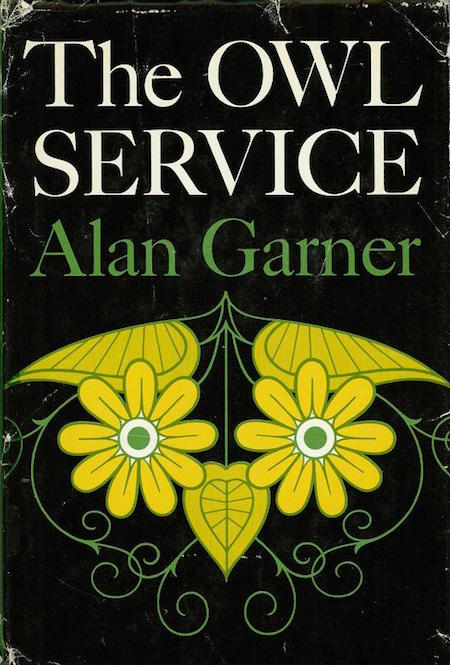
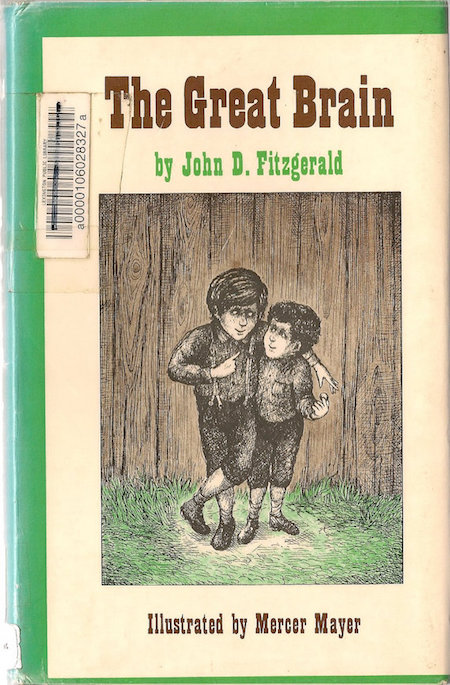
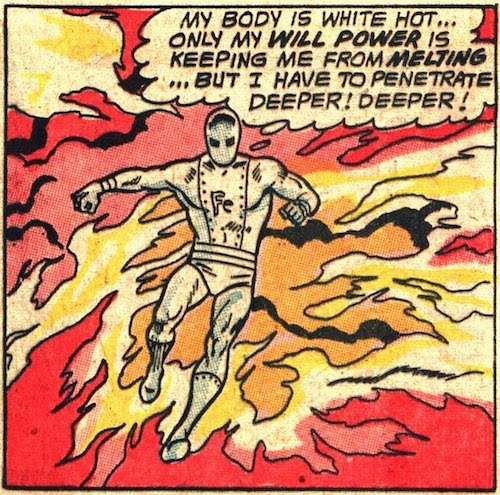

I was born in 1967! Which might lead you to conclude that I’m biased in favor of Sixties YA & YYA lit like Susan Cooper’s Dark is Rising series, Louise Fitzhugh’s Harriet the Spy, Ursula K. Le Guin’s Earthsea series, Joan Aiken’s Wolves Chronicles, John Christopher’s Tripods and Sword of the Spirits trilogies, Goscinny and Uderzo’s Asterix comics, Peter Dickinson’s Changes trilogy, Sid Fleischmann’s novels, Tove Jansson’s Moomin series, and Lloyd Alexander’s Chronicles of Prydain series — to name just a few of the Sixties (1964–1973) YA and YYA adventures that I grew up reading, and which I’ve pointed to as evidence that the Sixties were YA and YYA lit’s true Golden Age.
However, I’d like to point out that if I were biased, you’d think it would be in favor of the YYA and YA adventures published during my own adolescence — that is, in the Seventies (1974–1983). True, I enjoy everything by Daniel Pinkwater and Ellen Raskin, and I gorged myself on dystopian YA sci-fi from the Seventies — Robert O’Brien’s Z for Zachariah, O.T. Nelson’s The Girl Who Owned a City, Ben Bova’s City of Darkness, Ian Macmillan’s Blakely’s Ark. But just as I find much Fifties YA and YYA lit too cheerful and shallow, I find much Seventies YA and YYA lit too dark, too troubling. YA and YYA lit of the Sixties strikes the perfect balance, I think. Hence: Golden Age.
PS: I didn’t discover some Sixties YA and YYA adventures — Hugo Pratt’s Corto Maltese comics, for example, or Roald Dahl’s Charlie and the Chocolate Factory, Ian Fleming’s Chitty-Chitty-Bang-Bang, Alan Garner’s Elidor and The Owl Service, J.P. Martin’s Uncle series, R. Macherot’s Sibylline and Chaminou comics, to name just a few — until I was an adult. Which is exactly why I’ve started writing this series of “Best YYA Lit” posts within HILOBROW’s larger Best Adventures series. I’m using it as an excuse to keep researching, reading and re-reading these amazing stories.
BEST SIXTIES YA & YYA: [Best YA & YYA Lit 1963] | Best YA & YYA Lit 1964 | Best YA & YYA Lit 1965 | Best YA & YYA Lit 1966 | Best YA & YYA Lit 1967 | Best YA & YYA Lit 1968 | Best YA & YYA Lit 1969 | Best YA & YYA Lit 1970 | Best YA & YYA Lit 1971 | Best YA & YYA Lit 1972 | Best YA & YYA Lit 1973. ALSO: Best YA Sci-Fi.
BEST ADVENTURES: The 200 Greatest Adventures (1804–1983). THE OUGHTS: 1904 | 1905 | 1906 | 1907 | 1908 | 1909 | 1910 | 1911 | 1912 | 1913. THE TEENS: 1914 | 1915 | 1916 | 1917 | 1918 | 1919 | 1920 | 1921 | 1922 | 1923. THE TWENTIES: 1924 | 1925 | 1926 | 1927 | 1928 | 1929 | 1930 | 1931 | 1932 | 1933. THE THIRTIES: 1934 | 1935 | 1936 | 1937 | 1938 | 1939 | 1940 | 1941 | 1942 | 1943. THE FORTIES: 1944 | 1945 | 1946 | 1947 | 1948 | 1949 | 1950 | 1951 | 1952 | 1953. THE FIFTIES: 1954 | 1955 | 1956 | 1957 | 1958 | 1959 | 1960 | 1961 | 1962 | 1963. THE SIXTIES: 1964 | 1965 | 1966 | 1967 | 1968 | 1969 | 1970 | 1971 | 1972 | 1973. THE SEVENTIES: 1974 | 1975 | 1976 | 1977 | 1978 | 1979 | 1980 | 1981 | 1982 | 1983. THE EIGHTIES: 1984 | 1985 | 1986 | 1987 | 1988 | 1989 | 1990 | 1991 | 1992 | 1993. THE NINETIES: 1994 | 1995 | 1996 | 1997 | 1998 | 1999 | 2000 | 2001 | 2002 | 2003. I’ve only recently started making notes toward a list of Best Adventures of the EIGHTIES, NINETIES, and TWENTY-OUGHTS.
